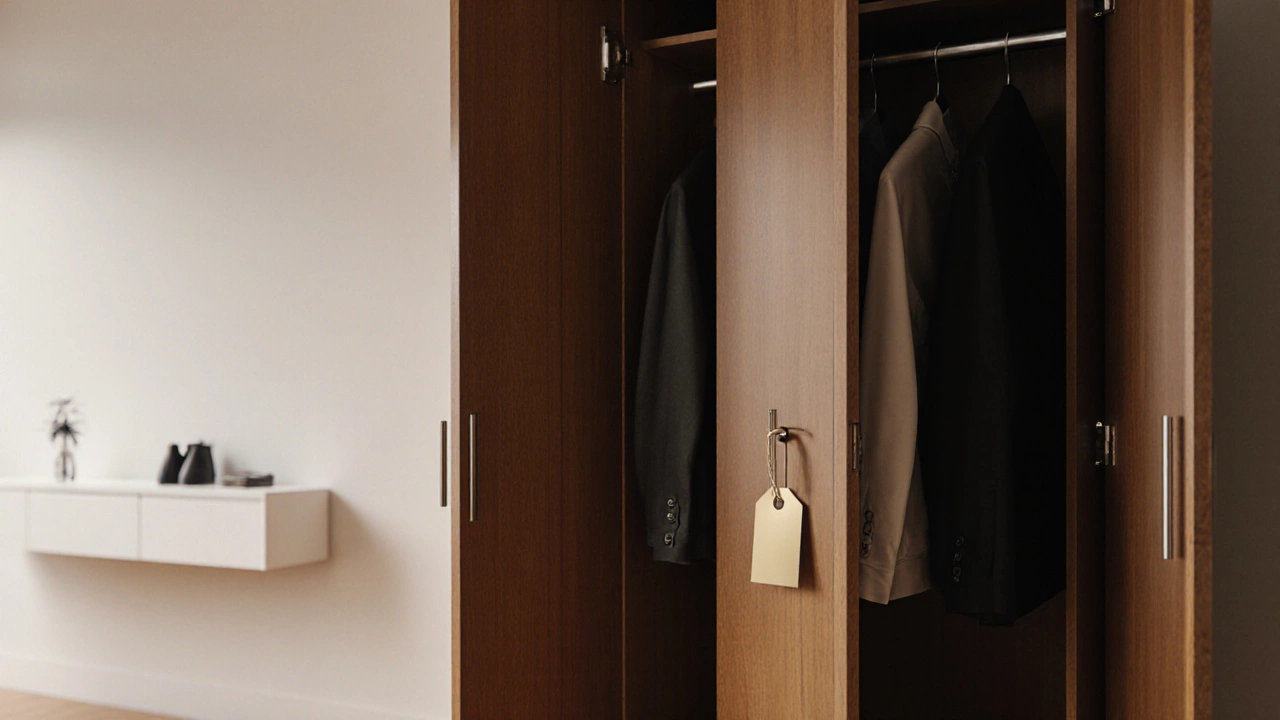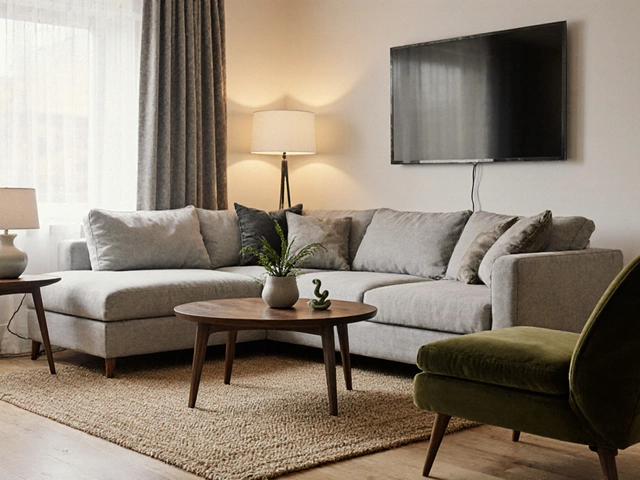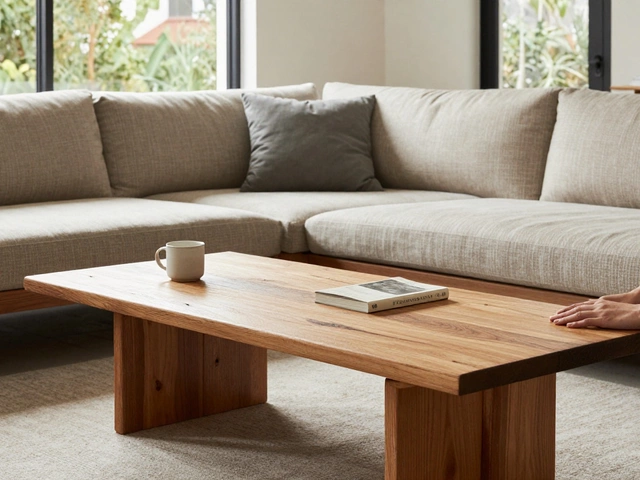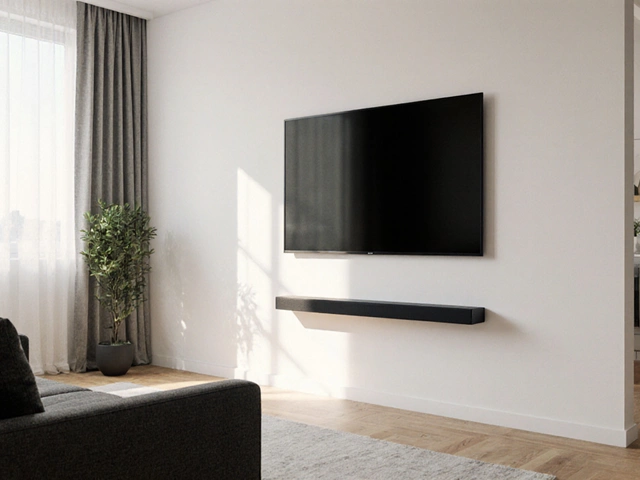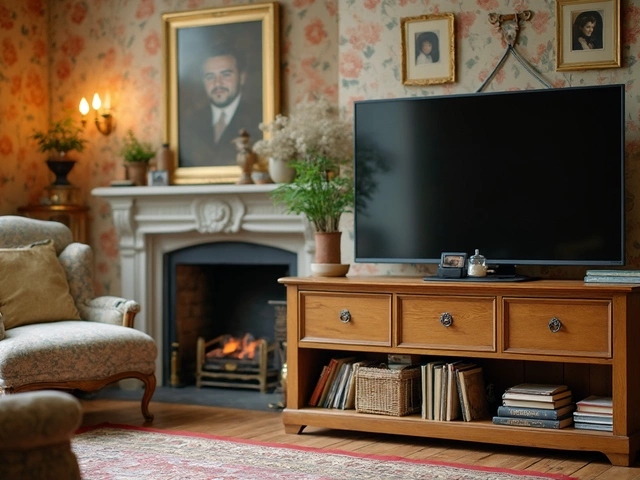Wardrobe Cost Estimator
Estimated Wardrobe Cost
Base Material Cost: $0
Customization Add-on: $0
Hardware Add-on: $0
Delivery & Assembly: $0
Total Estimated Cost: $0
When you walk into a furniture showroom and see a wardrobe is a tall storage unit designed to hold clothes, shoes, and accessories, often featuring doors, shelves, and hanging rods. it’s easy to stare at the price tag and wonder why it seems so steep. While a simple shelf can cost under $100, a full‑size wardrobe can easily top $2,000. This article breaks down the hidden factors that push the wardrobe price upward, so you can make smarter buying decisions.
Quick Takeaways
- Materials account for 40‑60% of the total cost; solid wood is the priciest, while MDF and particle board are budget‑friendly.
- Custom designs add labor and tooling expenses, often doubling the price of ready‑made units.
- Hardware quality (hinges, handles, sliders) can add $100‑$300 per door.
- Finishes and coatings contribute to durability and price-laminate is cheap, real paint or veneer costs more.
- Shipping, assembly, and installation can be 10‑20% of the final bill; buying locally reduces this.
What Exactly Drives Wardrobe Prices?
Three broad categories shape the cost of a wardrobe: the raw materials, the manufacturing process, and the post‑production logistics. Each layer adds its own markup, and the interplay between them determines whether a wardrobe feels like a bargain or a splurge.
Material Matters: Solid Wood vs. Engineered Boards
Solid wood is a natural timber that comes from a single piece of tree, offering unmatched durability and a classic grain look. Because the tree must grow for years before it can be harvested, solid wood is expensive, especially premium species like oak, walnut, and mahogany. Expect a cost of $150‑$300 per square foot.
Medium‑density fibreboard (MDF is an engineered wood product made from compressed wood fibres and resin, providing a smooth surface ideal for painted finishes. It’s about one‑third the price of solid wood, typically $40‑$70 per square foot, but it’s heavier and less resistant to moisture.
Particle board (particle board is created from wood chips and sawdust bonded with adhesive, making it the most budget‑friendly core material. Prices range $20‑$35 per square foot, but the material can sag under heavy loads and shows wear faster.
Engineered or “laminated” wood combines a thin veneer of real wood over MDF or particle board, aiming to capture the look of solid wood at a lower price point. It usually sits in the $80‑$130 per square foot range.
| Material | Typical Cost (per sqft) | Durability | Weight | Best For |
|---|---|---|---|---|
| Solid wood | $150‑$300 | Excellent | Heavy | High‑end, heirloom pieces |
| MDF | $40‑$70 | Good (if sealed) | Medium | Painted finishes, budget‑mid range |
| Particle board | $20‑$35 | Fair | Light | Entry‑level, flat‑pack units |
| Engineered veneer | $80‑$130 | Good | Medium | Looks of wood without the price |
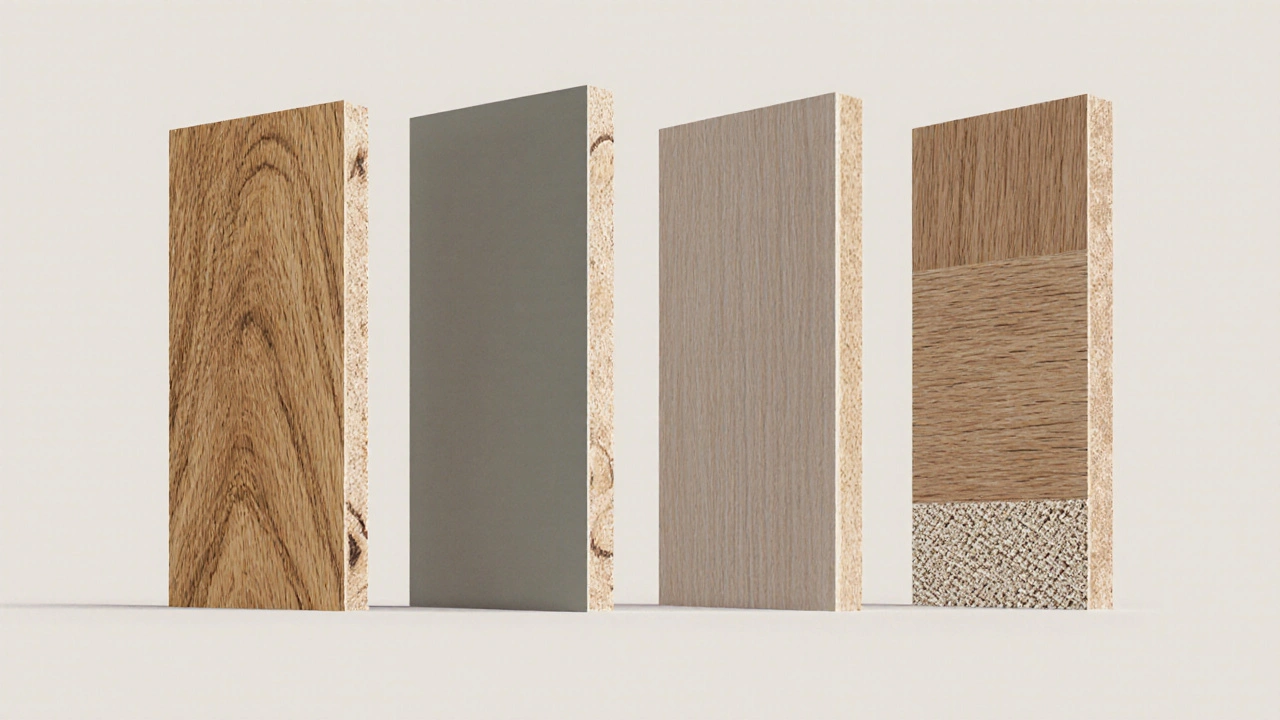
Build Quality & Hardware: The Unsung Cost Drivers
Even with cheap material, a wardrobe can feel cheap if the hardware is subpar. Hardware includes hinges, handles, drawer slides, and internal brackets, all of which affect smooth operation. High‑quality European‑style soft‑close hinges cost $15‑$30 each, while basic metal hinges may be under $5. Heavy‑duty metal sliders for drawers add $20‑$40 per drawer. Over time, cheap hardware can warp, squeak, or break, leading to extra repair expenses.
Construction techniques also matter. Dovetail joints, reinforced corners, and thick back panels add labor costs but boost stability. A well‑built wardrobe can last decades, offsetting the higher upfront price.
Custom vs. Ready‑Made: When Does Customization Add Value?
Custom cabinetry refers to wardrobes built to exact dimensions, finishes, and storage configurations requested by the buyer. The appeal is obvious-no wasted space, perfect style match, and unique features like built‑in lighting or shoe racks. However, customization brings extra steps: design consultation, CNC machining, and often a longer lead time. These add 30‑60% to the base material cost.
Ready‑made units are mass‑produced, benefiting from economies of scale. They may require compromises in size or layout, but the price difference can be dramatic-$1,200 for a standard 6‑door unit versus $2,500+ for a fully customized piece.
Shipping, Assembly, and Installation: The Hidden Fees
Even after you’ve chosen a material and design, the final bill can swell with logistics. Large wardrobes need special handling, palletized transport, and sometimes a crane for narrow stairwells. Shipping alone can add $150‑$400 depending on distance.
Many retailers offer “white‑glove” delivery-unpacking, assembling, and hanging the doors. This service typically costs 10‑15% of the wardrobe’s price. If you’re handy, buying a flat‑pack and assembling it yourself can shave a few hundred dollars off the total.
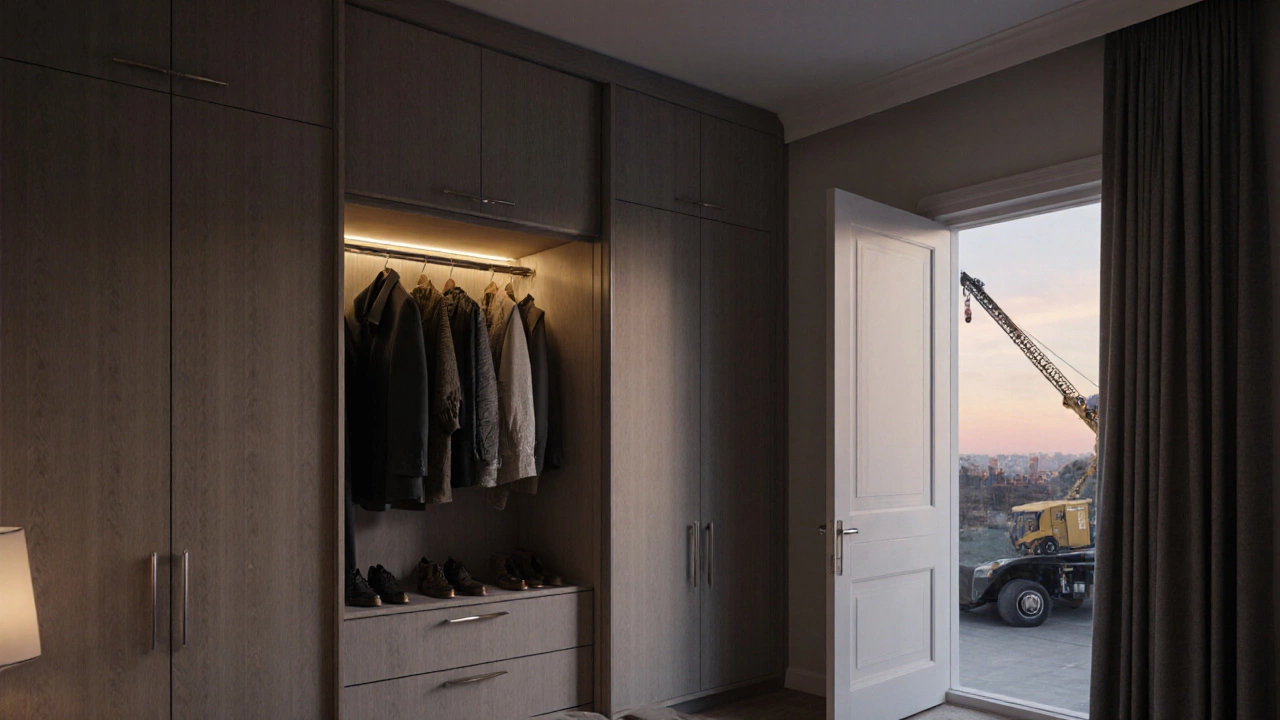
How to Get a Better Deal Without Sacrificing Quality
- Prioritize core material: Solid wood for visible surfaces, MDF or particle board for internal panels.
- Inspect hardware: Look for soft‑close hinges and full‑extension drawer slides; they’re cheap upgrades that last longer.
- Shop end‑of‑season sales: Many retailers discount wardrobes 20‑30% after holiday seasons.
- Consider local manufacturers: Cutting out long‑haul shipping can reduce costs by up to 15%.
- Opt for semi‑custom: Choose a pre‑made shell and add custom interior fittings yourself.
When Paying More Really Pays Off
If your wardrobe will hold heavy winter coats, delicate dresses, or a large shoe collection, investing in solid wood and premium hardware can prevent sagging shelves and broken hinges. For a master bedroom that doubles as a dressing area, a custom layout saves space and reduces daily frustration, translating into long‑term convenience.
In contrast, a guest room or a short‑term rental benefits from a lower‑cost particle board unit that can be replaced later without a big financial hit.
Frequently Asked Questions
Why do solid wood wardrobes cost more than MDF?
Solid wood comes from whole trees, which require years to grow and careful harvesting. The raw material itself is pricey, and machining solid timber takes more labor and specialized equipment compared with cutting MDF panels.
Can I mix materials to lower the price?
Yes. Many designers use solid wood for the face frame and MDF or particle board for the interior panels. This hybrid approach gives the visual appeal of wood while keeping the overall cost down.
How much does hardware typically add to a wardrobe’s cost?
Quality hinges and full‑extension slides can add $100‑$300 per door set. Premium handles or decorative pulls might add another $20‑$80 each.
Is it worth paying for white‑glove delivery?
If you lack the tools or time, white‑glove service saves effort and reduces the risk of damage during DIY assembly. The cost is usually 10‑15% of the wardrobe price, which many find acceptable for peace of mind.
What’s the best way to check a wardrobe’s quality before buying?
Open all doors and drawers, feel the sturdiness of the frame, look for even gaps, and ask to see the type of hinges used. Ask the retailer about load‑bearing tests if the wardrobe will store heavy items.
